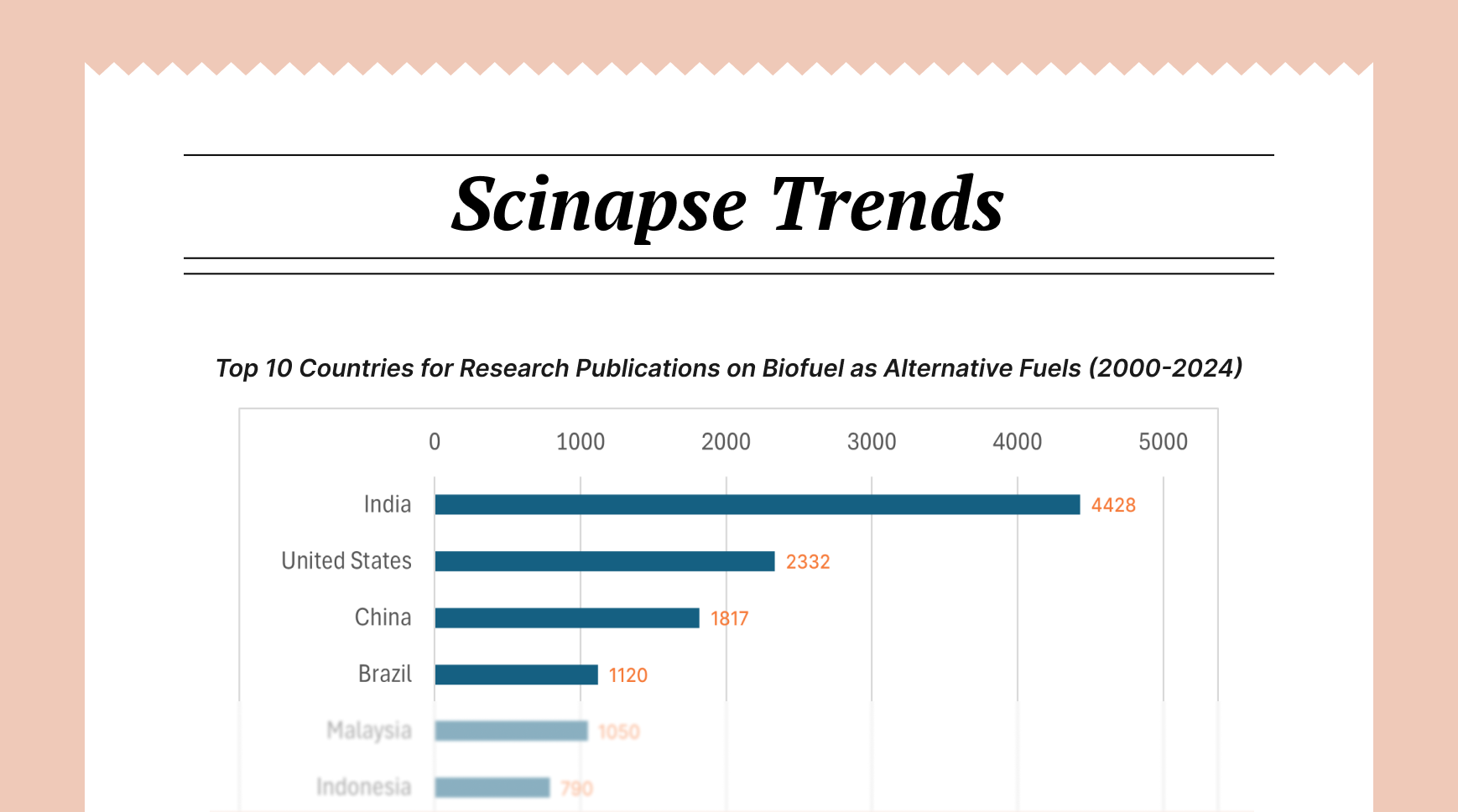6 Common Mistakes to Avoid When Writing a Literature Review in Scientific Papers

The literature review is a bridge connecting existing knowledge with novel inquiry. A well-crafted review not only contextualizes your research but also demonstrates your understanding of the field and justifies the need for your investigation. However, this seemingly straightforward task is fraught with potential pitfalls that can undermine the rigor and impact of your scientific paper. This article delves into some common mistakes researchers make when writing literature reviews, offering insights on how to avoid these missteps and construct a compelling and effective foundation for your work.
Mistake 1- A Superficial or Inadequate Search Strategy
The foundation of a strong literature review lies in a comprehensive and well-executed search strategy. A common mistake is relying on a limited number of databases or using overly narrow or broad search terms.

- Restricting searches to only one or two familiar databases. Different databases index different sets of journals and literature. Relying solely on one can lead to significant omissions of relevant work.
- Using overly narrow keywords that miss broader, yet relevant, research. Conversely, using overly broad terms can yield an overwhelming and unmanageable number of irrelevant results.
- Neglecting grey literature (e.g., conference proceedings, dissertations, technical reports). While peer-reviewed articles are crucial, grey literature can offer valuable insights, particularly in emerging fields or for specific applications.
- Failing to utilize Boolean operators (AND, OR, NOT) effectively to refine search queries. Inefficient search strings can lead to either too few or too many irrelevant results.
- Not employing citation chasing (snowballing) by examining the reference lists of key articles. This can uncover seminal works and related studies not initially captured by database searches.
How to Avoid: Develop a strategic search plan that includes identifying a wide range of relevant databases, brainstorming comprehensive keywords and synonyms, utilizing Boolean operators effectively, and incorporating citation chasing. Consider consulting with a librarian or information specialist for guidance on optimizing your search strategy.
Mistake 2- Poor Organization and Lack of Structure
A literature review should not be a mere list of summaries. Without a clear organizational structure, it becomes difficult for the reader to follow your line of reasoning and understand the connections between different studies.
- Presenting studies in a chronological order without identifying overarching themes or concepts. This approach lacks synthesis and fails to highlight the evolution of ideas or key debates.
- Lacking clear topic sentences and transitions between paragraphs. Each paragraph should focus on a specific aspect of the literature, and clear transitions are essential for guiding the reader through your analysis.
- Failing to group studies with similar findings or methodologies. This hinders the identification of patterns and the synthesis of information.
- Not using subheadings to break down the review into logical sections based on themes or research questions. A lack of structure makes the review difficult to navigate and understand.
How to Avoid: Develop a thematic framework based on the key concepts or debates emerging from your initial literature exploration. Organize your review around these themes, using clear topic sentences and transitions to connect ideas. Employ subheadings to provide a logical structure and enhance readability.
Mistake 3- Descriptive Reporting Over Critical Analysis
A critical literature review goes beyond simply summarizing what previous studies have found. It involves evaluating the strengths and weaknesses of the research, identifying inconsistencies, and synthesizing the findings to draw meaningful conclusions.
- Simply summarizing the findings of each study without evaluating its methodological rigor, sample size, or potential biases. This fails to provide a nuanced understanding of the evidence.
- Accepting findings at face value without questioning the underlying assumptions or limitations of the research.
- Failing to identify inconsistencies or contradictions in the literature and explore potential reasons for these discrepancies.
- Not synthesizing the findings across multiple studies to draw broader conclusions or identify gaps in the current understanding.
- Presenting the review as a series of isolated study summaries rather than a cohesive narrative that builds towards your research question.
How to Avoid: Engage critically with the literature. Evaluate the methodological quality of each study, identify potential biases, and compare and contrast findings across different studies. Actively look for inconsistencies and try to explain them. Synthesize the information to identify overarching themes, draw conclusions about the current state of knowledge, and pinpoint areas where further research is needed.
Mistake 4- Relying on Outdated or Irrelevant Sources
Scientific knowledge evolves rapidly. Relying on outdated sources can lead to a literature review that doesn't reflect the current state of understanding in your field. Similarly, including irrelevant sources weakens the focus and impact of your review.
- Including seminal works without also incorporating more recent research that builds upon or challenges those findings. While foundational papers are important, the review should reflect the current scholarly conversation.
- Relying heavily on very old studies without considering if more recent and robust research has superseded them.
- Including sources that are tangentially related to your topic but do not directly address your research question. This dilutes the focus of your review.
- Not prioritizing peer-reviewed publications or failing to critically evaluate the credibility of non-peer-reviewed sources.
How to Avoid: Establish a reasonable timeframe for your literature search, prioritizing recent publications while still acknowledging foundational works. Regularly check for the most up-to-date research in your field. Ensure that every source included in your review directly relates to your research question and contributes to your analysis. Prioritize peer-reviewed publications and critically evaluate the credibility of other sources.
Mistake 5- A Weak Introduction and Conclusion
The introduction and conclusion frame your literature review and provide essential context and synthesis. Weak or poorly written sections can detract from the overall impact of your analysis.
- Failing to clearly state the purpose and scope of your literature review in the introduction. The reader should understand what the review will cover and why it is important.
- Not providing sufficient background information to contextualize the research topic for the reader.
- Introducing new information or studies in the conclusion. The conclusion should summarize the main findings of your review and highlight the gaps in the literature.
- Failing to explicitly state how the literature review informs your research question or justifies the need for your study.
- Ending with a weak or abrupt conclusion that doesn't provide a clear takeaway message.
How to Avoid: Craft a clear and concise introduction that outlines the purpose, scope, and organization of your review. Provide necessary background information to contextualize your topic. The conclusion should summarize the key findings, reiterate the identified gaps in the literature, and explicitly link these gaps to your research question, justifying the significance of your proposed study.
Mistake 6- Improper Citation and Avoiding Plagiarism
Accurate citation is paramount in academic writing. Failing to properly attribute sources can lead to accusations of plagiarism, a serious ethical violation.
- Not consistently using a chosen citation style throughout the review.
- Failing to cite every source that has influenced your writing, including ideas, data, and direct quotes.
- Paraphrasing poorly, where the language is too close to the source, even with a citation.
- Not including a complete and accurate list of references at the end of the review.
How to Avoid: Choose a specific citation style (e.g., APA, MLA, Chicago) and adhere to it consistently throughout your paper. Cite all sources meticulously, even when paraphrasing. Ensure that your paraphrases are in your own words and accurately represent the source. Double-check your reference list for completeness and accuracy. Utilize citation management software to help organize your sources and generate citations in your chosen style.
Efficient Literature Review Paves the Way for Rigorous Research
Avoiding these common mistakes is crucial for constructing a robust and impactful literature review. By employing comprehensive search strategies, organizing your findings logically, engaging in critical analysis, utilizing current and relevant sources, crafting strong introductory and concluding sections, and adhering to proper citation practices, you can create a literature review that not only demonstrates your understanding of the field but also effectively lays the groundwork for your significant contribution to scientific knowledge. A well-written literature review is not just a summary of the past; it is a critical analysis that illuminates the present and paves the way for rigorous and meaningful research in the future.
Author: Uttkarsha B
- AI-Ethicist and STM Research & Publishing Expert
Never re-search again.
Scinapse is made by researchers for researchers.
Join the next generation of research at ⏯️ https://scinapse.io/
Pluto Labs
Pluto Labs helps researchers focus on their research by improving several inefficiencies in the academic research process. We offer data-driven insights from academic papers, allowing users to easily obtain review-level results for their desired range of papers.
https://pluto.im/





Comments ()